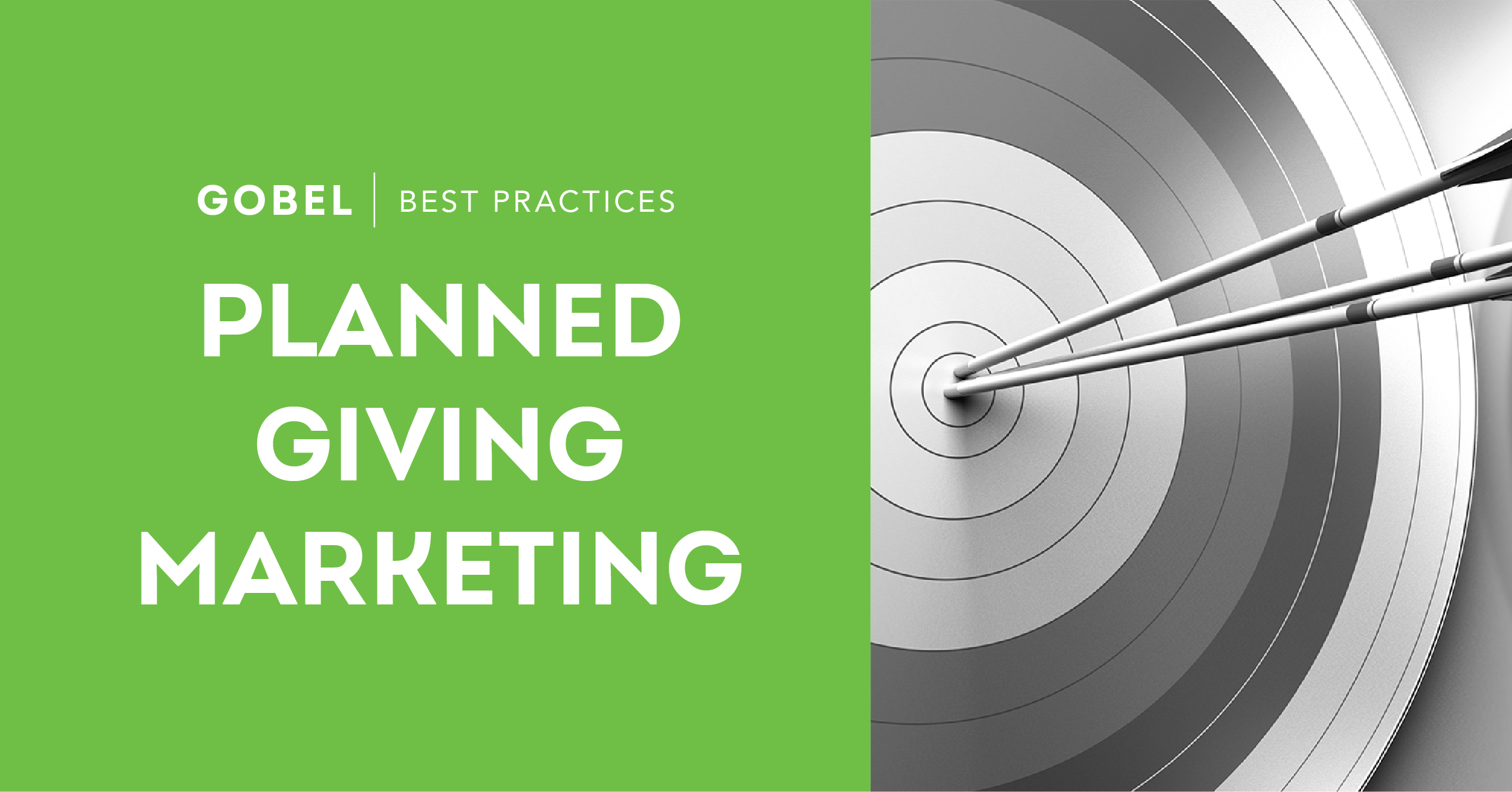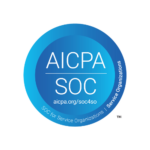
Planned Giving Marketing Best Practices
By: Fritzie Dizon
When I first started working in planned giving, one of my colleagues described marketing as the life blood of the planned giving pipeline and this statement has stuck with me since. While I initially thought “Wow, that sounds dramatic,” in the years since, I have witnessed just how right he was.
Is marketing really that important? Why is marketing so critical?
- Marketing as an education tool: As we have discussed in previous blog posts, planned giving can maximize a donor’s ability to give using assets beyond what is in a donor’s checking account. But most donors are not aware of all their options and how best to make their gift. Through marketing, you can educate your community about all the many ways someone can support your organization.
- Marketing as a self-identification tool: Support your pipeline by providing a clear method for individuals to self-identify if they have already included your organization in their estate plans or are interested in learning more. Having the individual initiate the response to marketing can segue into further conversations, deeper engagement (and importantly, stewardship), and even larger, more impactful gifts.
Every organization is unique, and marketing needs vary from one institution to another (particularly regarding resources available – manpower, time and budget). There are many resources available that showcase best practices around marketing strategy, channel, and messaging, but here are some themes that I have found to be best practices:
- Consistency is key. Often planned giving will not be on someone’s mind unless they are in a relevant life stage to consider it – make sure your organization is at the forefront of their mind with consistent marketing. Create a rough multi-year marketing plan with multichannel communication strategies to ensure a consistent cadence with a variety of gift types and donor stories.
- Collaborate: Partner with your organization’s Marketing and Communications team to ensure consistent branding and messaging. Partner with your annual fund team to include planned giving messaging into existing annual fund solicitations to increase awareness by including a PS at the bottom of a solicitation letter or adding a callout text box or insert to a direct mail piece.
- Illustrate impact. Always include an element of impact and how a planned gift can make a difference to your organization. Use donor stories and highlight a diverse group of individuals. Future donors want to be inspired and see themselves in the donors that you feature. Aim to better understand your audience and your existing donors – who they are, what motivates them to give to you. Use this perspective to help develop marketing pieces and potential target segmentation.
- Keep it simple. Too often organizations want to put all the information out there. This can be messy when you’re trying to explain planned giving vehicles, their benefits, and the impact on your organization, all in one document. It’s better to get their attention with the most pertinent facts and motivate them to take a further Always include a call-to-action or next steps (and have follow-up items ready for when individuals reach out).
I hope this shortlist of items will help you develop a strategy and best practices and standards to market planned gifts at your organization. Planned giving is a long game, the key is persistence and patience, and it is okay to test to learn what works for your specific audience. Effective marketing can help fundraisers engage more donors and not only increase planned giving, but also amplify fundraising efforts overall.
ABOUT GOBEL SUBJECT MATTER EXPERTS: GOBEL Subject Matter Experts are healthcare philanthropy professionals working in some of the top shops in the country, sharing best practices and insights. For more information about GOBEL’s Subject Matter Expert program, or to suggest a topic for coverage, email jmoody@gobelgroup.com.

ABOUT THE AUTHOR:
Fritzie Dizon is the Director of Estate and Gift Planning at Scripps Research in La Jolla, California. Fritzie began her career in fundraising as a Development Assistant in Principal Gifts at UC San Diego and then at the Birch Aquarium at the Scripps Institution of Oceanography. Before joining the team at Scripps Research, Fritzie worked with the Office of Gift Planning at Columbia University and Columbia University Irving Medical Center for 9 years. During her time with Columbia, Fritzie honed her knowledge in planned giving and learned to appreciate its impact and power in philanthropy. Her involvement in two campaigns at Columbia University provided unique experiences in the role of planned gifts as it relates to strategic planning, operations, donor relations and marketing.
Fritzie is a graduate of UC Irvine with a degree in Environmental Analysis and Design. She is also a graduate of the Nonprofit Management Graduate Program at the School of Professional Studies at Columbia University. Over the last five years she has also served as an Adjunct Associate Instructor for the School of Professional Studies at Columbia for the Marketing Strategies and Introduction to Planned Giving courses.
When Fritzie isn’t working, traveling, or reading on the beach, she enjoys being an auntie to her four nieces and nephews (her favorite role!).
